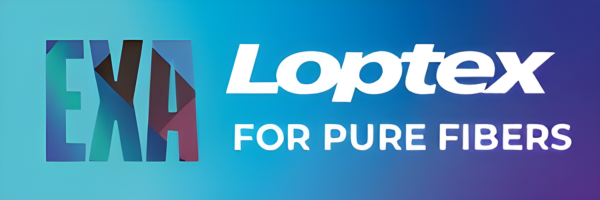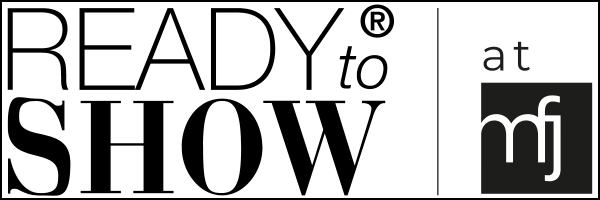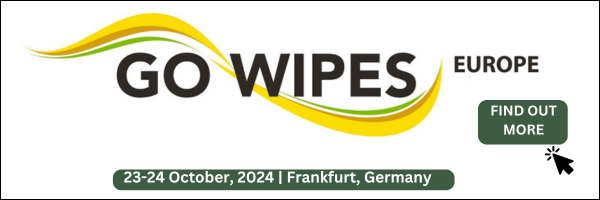“ITMF’s Cotton Contamination Survey 2022 shows that the level of contamination of raw cotton by foreign matters and stickiness have decreased compared to 2019. At the same time the appearance of seed-coat fragments remained the same. The survey also reveals significant differences between cotton varieties.” These are the main conclusions from the “Cotton Contamination Survey n°16/2022” which has just been released by the International Textile Manufacturers Federation (www.itmf.org). This edition covers 104 spinning mills located in 21 countries which evaluated 78 different cotton growths.
Contamination – decrease
The level of cottons moderately or seriously contaminated as perceived by the spinning mills from around the world dropped from 25% in 2019 to 22% in 2022. A closer look at the extent of the contamination shows that 6% of all cotton evaluated were seriously contaminated by some sort of foreign matter whereas 16% were only moderately contaminated.
As the summary data are arithmetic averages of the different contaminants, the extent of contamination is fully illustrated by the results for the individual contaminants. They range from 5% of all cottons processed being moderately or seriously contaminated by “tar” to 43% of them being moderately or seriously contaminated by “organic matter”, i.e. leaves, feathers, paper, leather, etc.
Other serious contaminants are “strings made of plastic film” (31%), “fabrics made of plastic film” (39%), “strings made of woven plastic” (30%) as well as “Inorganic matter – sand/dust” (29%). The 10 most contaminated cotton descriptions considered for the survey originated in India (India-Others, MCU-5, DCH, Shankar-4/6, J-34), Pakistan (NAIB, MNH93), Afghanistan, Togo and Tanzania (Coastal). The 10 least contaminated raw cottons were produced in Spain, China (Anhui, Shandong), Australia, U.S.A. (Memphis Territory, Pima, Arizona, South-Eastern) and Mexico (Juarez).
Stickiness – decrease
The presence of sticky cotton as perceived by the spinning mills has been decreasing for almost 10 years (i.e. 23% in 2013 vs. 12% in 2022) and remains at the lowest level since 1989. The 10 descriptions that were most affected by stickiness originated from Afghanistan, the U.S.A. (Pima, Arizona), Tajikistan (Medium Staples), Cameroon, Brazil, Argentina, India (DCH), Sudan (Barakat) and Zimbabwe. On the other end of the range, cottons from Pakistan (MNH93), China (Shandong, Anhui, Hebei), Greece, South Africa, Mozambique, Sudan (Sudan-Others), the U.S.A. (Memphis Territory) and Uganda were not or hardly affected by stickiness.
Seed-coat fragments – stagnation
The appearance of seed-coat fragments in cotton growths remains an issue for spinners around the world. 33% of all cotton growths consumed contained moderate or significant amounts of seed-coat fragments (same as 2019). The 10 origins most affected by seed-coat fragments are Afghanistan, Pakistan (MNH93, NAIB), India (MCU-5, DCH, Shankar-4/6), Tanzania (Coastal), Egypt (Egypt-Other), Türkiye (Türkiye-Other), and Togo. The 10 cotton growth with the least presence of seed-coat fragments are Sudan (Sudan-Other, Barakat), Cameroon, Australia, Greece, Spain, China (Shandong, Hebei, Anhui), and Mexico (Mexico-Other).

















